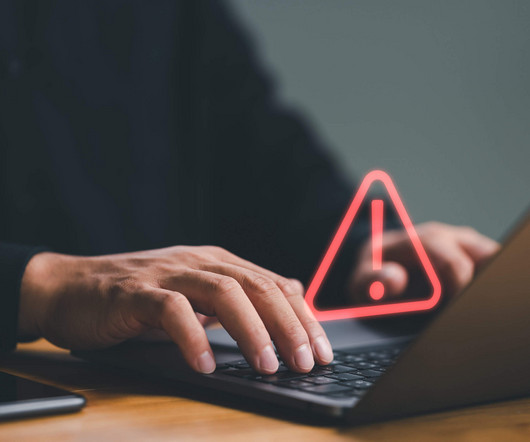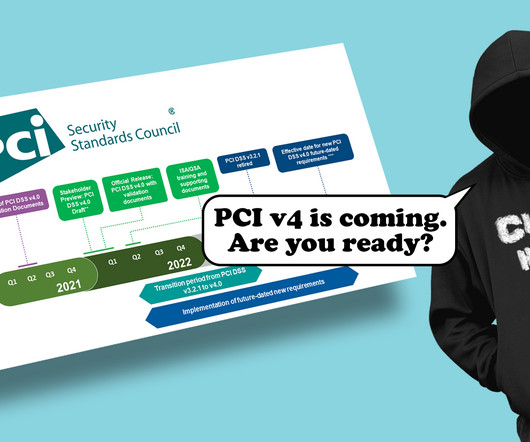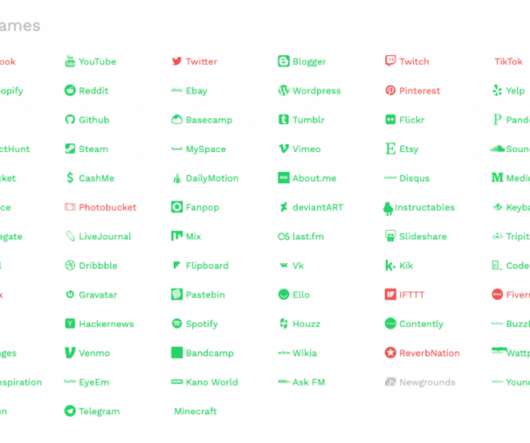When Accounts are "Hacked" Due to Poor Passwords, Victims Must Share the Blame
Troy Hunt
NOVEMBER 7, 2018
It's just another day on the internet when the news is full of headlines about accounts being hacked. This is when hackers try usernames and password combos leaked in data breaches at other companies, hoping that some users might have reused usernames and passwords across services. Without doubt, blame lies with them.























Let's personalize your content